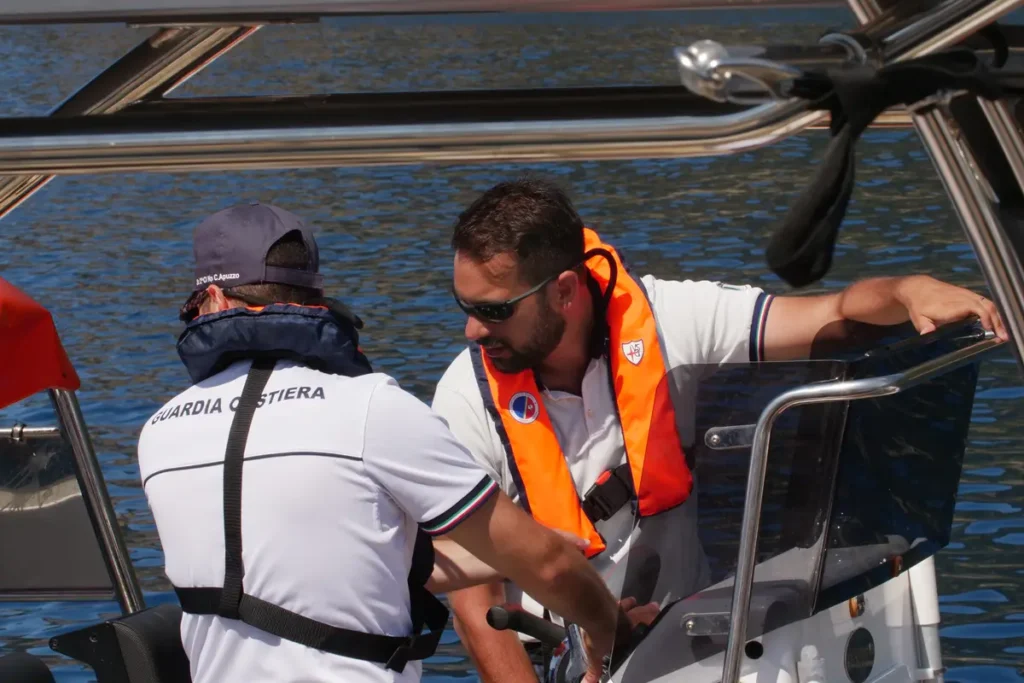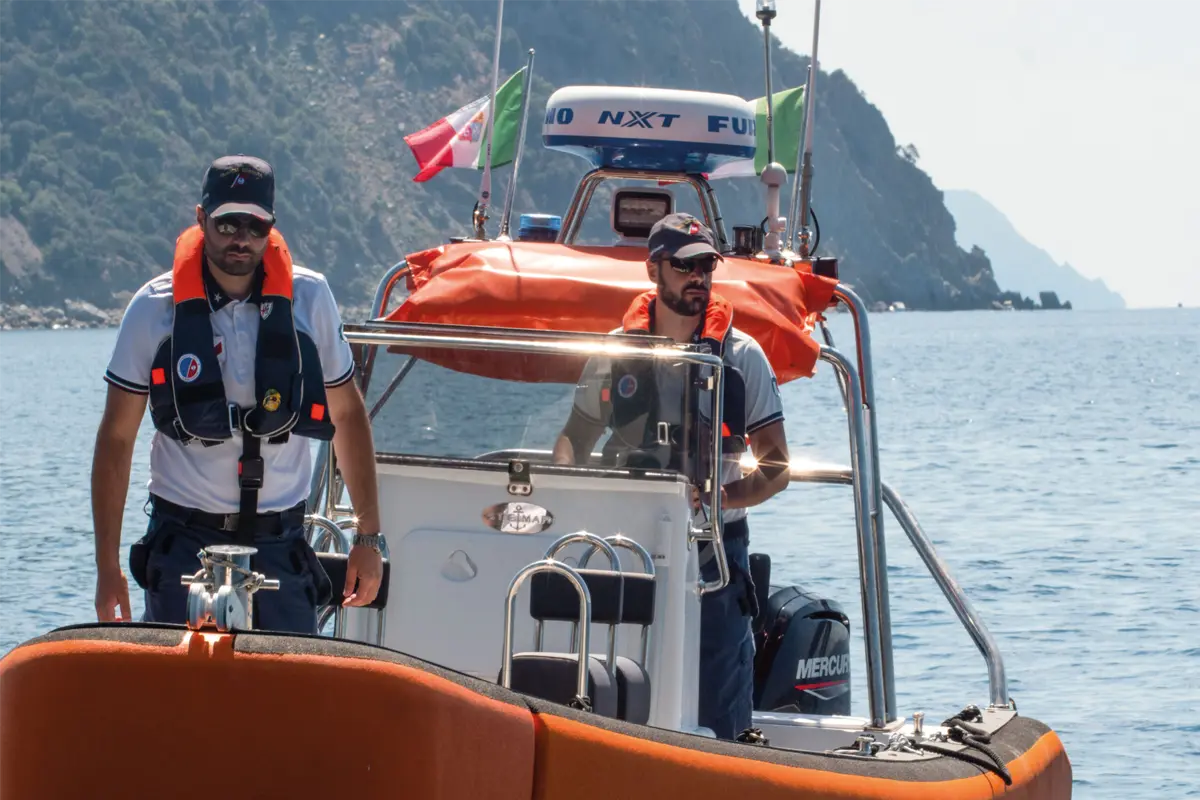Recreational life jackets are essential for safety at sea. In this guide, we will explore the regulations, different types, and tips for choosing the right life jacket based on nautical activity.
The Importance of Life Jackets for Safety at Sea
Life jackets are crucial devices for ensuring safety at sea, protecting those on board in case of emergencies. Wearing an appropriate jacket is the first and most important safety measure for anyone on a boat.
In the event of accidents such as capsizing, collisions, or flooding, the life jacket helps keep the wearer afloat, significantly increasing the chances of survival. Therefore, it is essential to choose the right jacket for each situation, based on the type of vessel, weather conditions, and the activity being performed.
The main situations where a life jacket can make a difference include:
- Navigating in rough waters or bad weather conditions, where the likelihood of falling overboard increases;
- Activities such as sailing or fishing, which involve specific movements and maneuvers, increasing the risk of accidents;
- Lack of experience of the boater or crew: in the case of inadequately equipped vessels or inexperienced maneuvers, the life jacket serves as a safety net.
Current Regulations for Life Jackets in Italy
In Italy, the use of recreational life jackets is regulated by a series of laws aimed at ensuring safety at sea. The reference regulation is Legislative Decree No. 171 of July 18, 2005 – the so-called Recreational Navigation Code – and Ministerial Decree 146/2008, which establishes mandatory equipment for all recreational vessels, including life jackets, regulates safety requirements for recreational boats, and specifies that every person on board must have access to an approved life jacket.
In 2024, an important update was introduced regarding life jackets, particularly to ensure high visibility and suitability for use in inland and maritime waters. It is essential to stay informed about the latest regulations to avoid penalties and ensure that vessels comply with marine safety laws. For more details, one can consult the Implementation Regulation of the Recreational Navigation Code 2024, which was updated with Decree 133/2024, published in the Official Gazette in September 2024 and came into effect on October 21, 2024.

Differences Between Types of Life Jackets
There are different types of life jackets, each with specific characteristics that make them suitable for particular nautical activities. The main categories are:
- Traditional Life Jackets: These are the most common and provide adequate buoyancy. They are generally made of expanded foam, which keeps the body afloat and rotates it upward even if the boater is unconscious. However, they can be somewhat bulky and less comfortable compared to other types;
- Automatic or Manual Inflatable Jackets: these jackets inflate automatically or manually when needed. They offer superior comfort compared to traditional jackets, as they are lightweight and easy to wear. Automatic models inflate upon immersion, while manual ones require activation by the user. It is also important to note that using automatically activated life jackets is mandatory when they are part of on-board equipment. Inflatable jackets are particularly suitable for all types of activities where being hindered by a bulky jacket is undesirable. They are the ideal choice for sailing or other open-water activities.
Each type has its benefits and limitations. Therefore, it is important to choose the right jacket based on the specific activity and navigation conditions.
Tips for Choosing the Right Jacket Based on Recreational Activity
When selecting a life jacket, it is essential to consider the nautical activity being practiced and the specific conditions. Here are some guidelines:
- For Sailing: Automatic life jackets are often the best choice. These models are comfortable, non-bulky, and fit well for long voyages in open water;
- For Motorboating: Here, one can opt for more traditional or inflatable jackets, depending on comfort preferences. The priority is to choose a jacket that does not hinder movement while operating the vessel;
- For Sports: The ideal choice is a lighter, ergonomic, and practical floating aid. Inflatable models, while comfortable, are particularly recommended for those fishing from small boats, where maneuverability and comfort are essential.
In any case, it is important to ensure that the chosen jacket is approved for the activity being conducted, check the buoyancy expressed in Newtons, and that it complies with all relevant safety regulations.
Maintenance and Lifespan of Life Jackets
Maintaining life jackets is crucial to ensure their proper functioning in case of an emergency. It is important to perform regular checks to assess their condition, especially for inflatable jackets, which can be damaged with prolonged use or exposure to corrosive elements such as seawater. The average lifespan of a life jacket varies but generally lasts about 10 years if well-maintained and serviced according to the manufacturer’s instructions.
The main steps for proper maintenance and servicing include:
- Regularly check seams, the outer covering, and inflation devices.
- Clean and dry jackets after each use, especially if they have been in contact with saltwater.
- Periodically check for any damage or wear, and consult the manufacturer who can intervene and replace damaged parts immediately.
Additionally, it is essential to consult the manufacturer’s manual for precise information on how to properly store jackets during the winter months. It is crucial not to leave them exposed to sunlight or excessive heat sources.
Recreational life jackets are an indispensable element for the safety of those navigating at sea. Choosing the right jacket while adhering to current regulations for the nautical activity being undertaken is essential to ensure a safe and carefree navigation experience. For more details on how to maintain your life jacket, check out our upcoming article on maintenance and lifespan.
